Tips for Keeping Your Lawn Perfect: A Comprehensive Guide
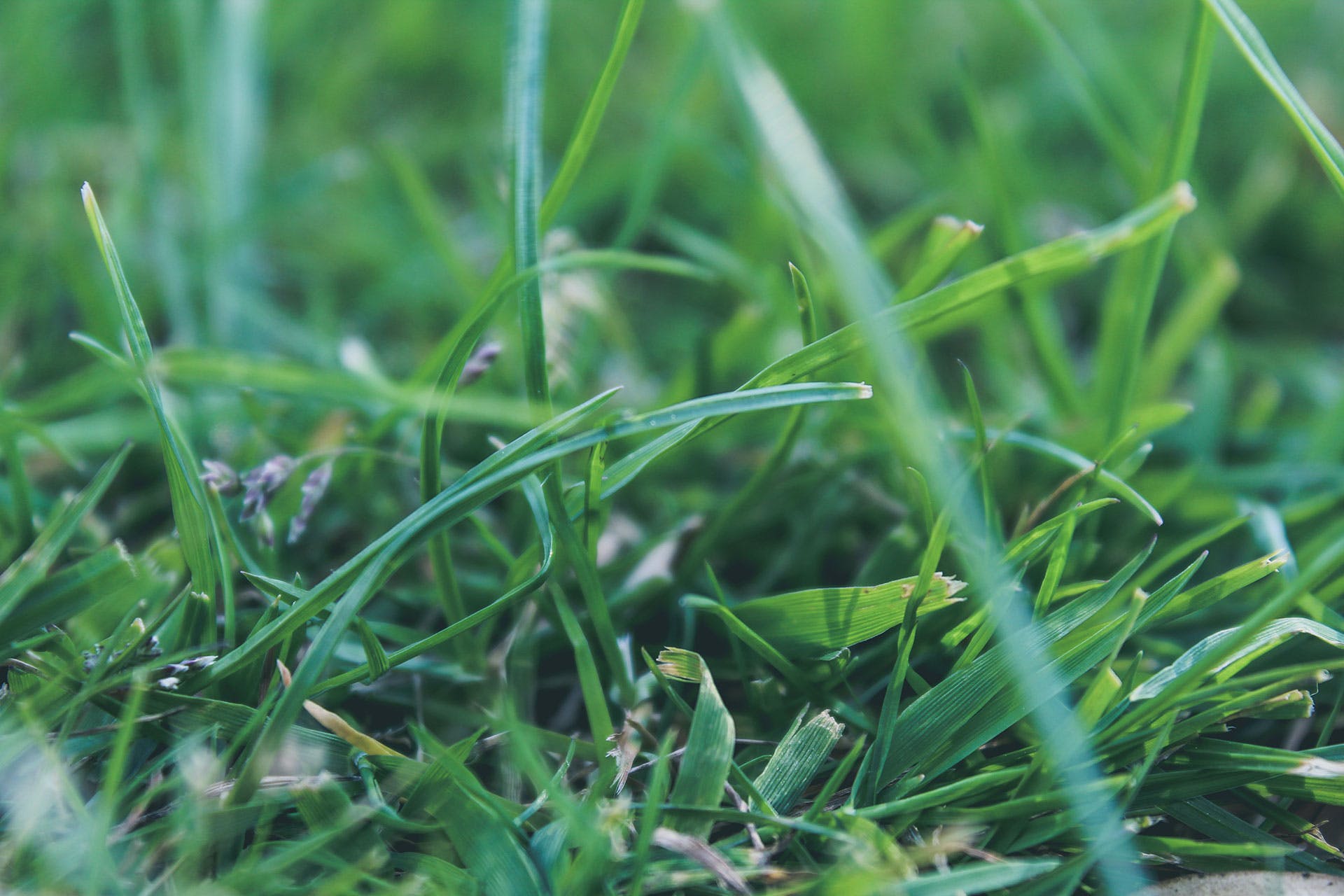
It’s that time of year, I know my husband thinks about our lawn every day, all day long. It’s a project (we have almost 2 acres) and one he takes great pride in. However, it can be a difficult project as well. A well-maintained lawn can be a source of pride and joy, adding value to your property and enhancing your outdoor living space. However, achieving the perfect lawn requires a combination of regular care, expert techniques, and a commitment to ongoing improvement. In this comprehensive guide, we’ll explore a wide range of tips and best practices for keeping your lawn in immaculate condition, no matter the season or your experience level.
Soil Analysis and Preparation
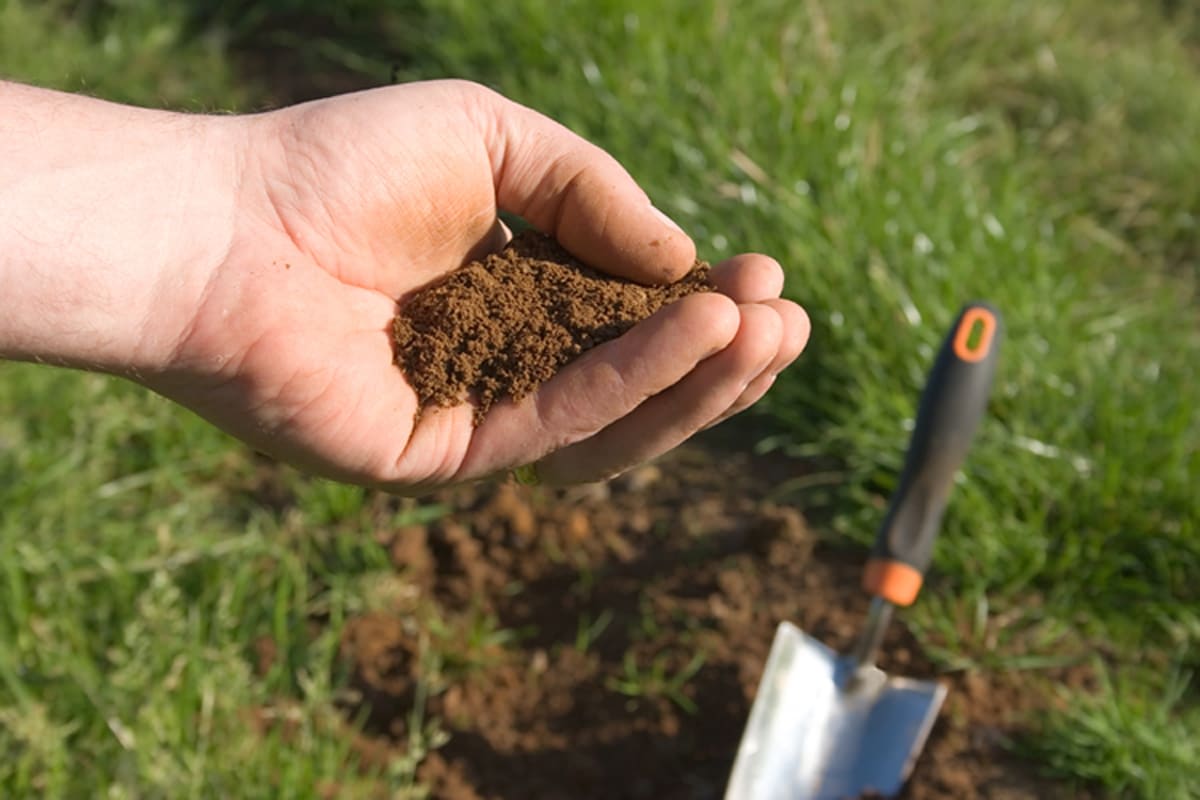
Conduct a Soil Test
Understanding the composition of your soil is crucial to the overall health and appearance of your lawn. Conduct a soil test to determine the pH level, nutrient content, and other important factors. This information will guide you in selecting the appropriate grass type, fertilizers, and amendments for your lawn.
Improve Soil Quality
Based on the results of your soil test, take steps to improve soil quality by adding organic matter, adjusting pH levels, or addressing specific nutrient deficiencies. This may involve the use of lime or sulfur to balance pH, or the addition of compost and other organic materials to improve soil structure and fertility.
Aerate the Soil
Aerating your lawn helps to alleviate soil compaction, improving the flow of water, air, and nutrients to grass roots. This can be done using a manual or mechanical aerator, or by employing a professional lawn care service. Aim to aerate your lawn at least once a year, ideally during the growing season for your grass type.
Selecting the Right Grass Type
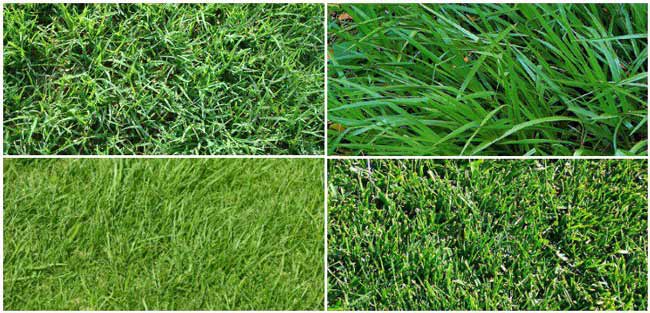
Choose Grass Based on Climate
Different grass types have varying requirements in terms of sunlight, water, and temperature. Select a grass species that is well-suited to your region’s climate to ensure the best possible growth and appearance. Here’s a good article about different grass types for your home.
Consider Maintenance Needs
Some grasses require more frequent mowing, watering, and fertilizing than others. Consider your desired level of lawn maintenance when selecting a grass type, as this will impact the overall time and effort required to keep your lawn in top condition.
Factor in Usage
The intended use of your lawn should also influence your choice of grass species. If you have children or pets who play on the lawn frequently, opt for a hard-wearing grass that can withstand heavy foot traffic. Conversely, if your lawn is primarily for aesthetic purposes, you may prefer a more delicate grass type with a finer texture.
Mowing and Lawn Care Equipment
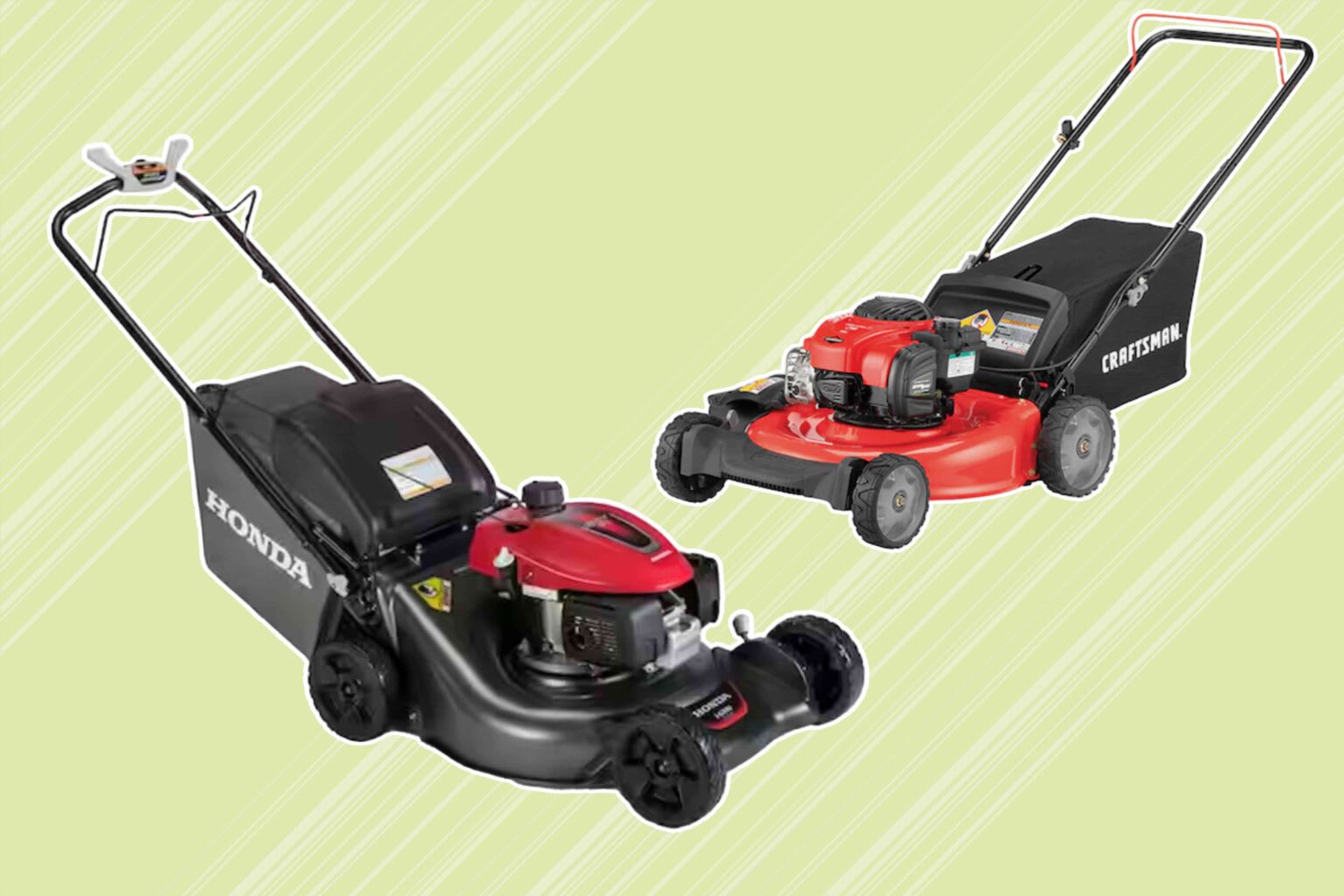
Select the Right Mower
Invest in a high-quality lawn mower that is appropriate for the size and complexity of your lawn. Consider factors such as ease of use, cutting height options, and mulching capabilities when making your decision. Here’s a good list of some of the top ranked lawn mowers.
Keep Blades Sharp
Regularly sharpen your mower blades to ensure a clean, even cut that promotes healthy grass growth. Dull blades can tear grass, leading to a ragged appearance and increased susceptibility to disease.
Use the Correct Mowing Technique
Mow your lawn in alternating patterns to avoid soil compaction and promote even growth. Avoid mowing when the grass is wet, as this can cause clumping and uneven cutting. Additionally, never remove more than one-third of the grass height in a single mowing session to prevent unnecessary stress on your lawn.
Watering and Irrigation
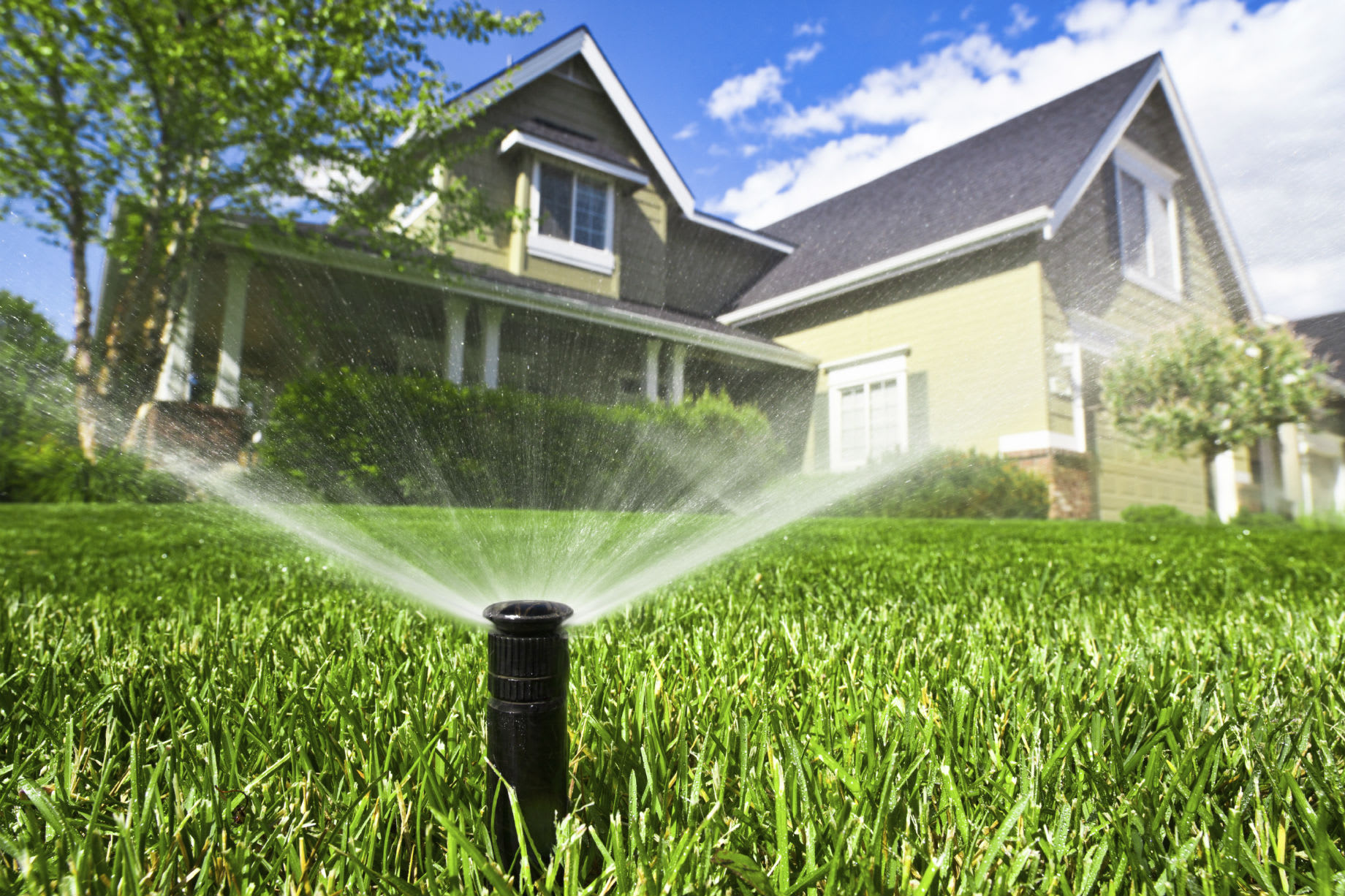
Water Deeply and Infrequently
To encourage deep root growth and drought resistance, water your lawn deeply and infrequently rather than shallowly and frequently. Aim for about one inch of water per week, either through rainfall or supplemental irrigation. Want some more tips? Check out this article on watering your lawn.
Water in the Early Morning
Water your lawn in the early morning when temperatures are cooler and evaporation rates are lower. This ensures that more water is absorbed by the soil and reaches the grass roots.
Install an Irrigation System
Consider installing an automatic irrigation system for a more efficient and precise approach to lawn watering. This can save time and water while providing your lawn with the ideal amount of moisture on a consistent schedule.
Fertilizing and Nutrient Management
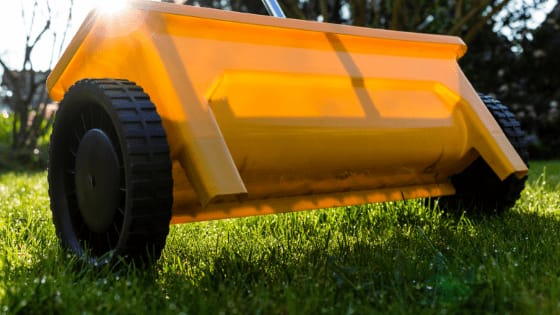
Choose the Right Fertilizer
Select a fertilizer that meets the specific nutrient needs of your soil and grass type. This may include a slow-release, granular fertilizer or an organic option such as compost or manure.
Follow a Fertilizing Schedule
Develop a fertilizing schedule based on the requirements of your grass species and the results of your soil test. Typically, this will involve applying fertilizer several times throughout the growing season, with the exact timing and frequency depending on your lawn’s needs.
Avoid Over-Fertilizing
Applying too much fertilizer can lead to excessive growth, increased susceptibility to disease, and environmental issues such as nutrient runoff. Be sure to follow the manufacturer’s recommendations for application rates and timing to avoid over-fertilizing your lawn.
Weed Control and Prevention

Maintain a Healthy, Dense Lawn
A thick, healthy lawn is the best defense against weed invasion. Regular mowing, watering, and fertilizing will help to promote vigorous grass growth and suppress weed growth.
Hand-Pull Weeds
Hand-pulling is an effective method for removing individual weeds from your lawn, particularly when the soil is moist and the entire root system can be removed. This approach is ideal for small-scale weed control and can help to prevent the spread of weeds throughout your lawn.
Use Herbicides Wisely
If necessary, chemical herbicides can be used to control weeds in your lawn. Select a product that is appropriate for your grass type and the specific weeds you are targeting. Always follow label instructions for application rates and timing to minimize the risk of damage to your lawn or the environment.
Pest and Disease Management
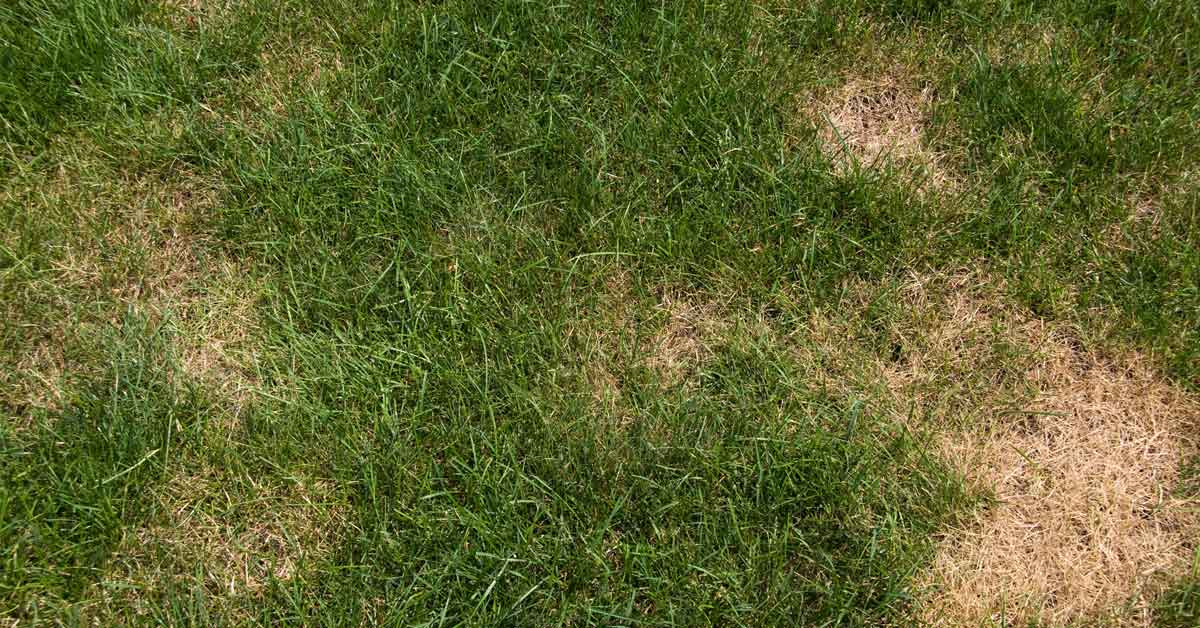
Monitor for Signs of Pests and Disease
Regularly inspect your lawn for signs of pests or disease, such as discolored patches, thinning grass, or the presence of insects. Early detection is key to successful treatment and prevention.
Employ Integrated Pest Management
Use an integrated pest management approach that combines cultural, biological, and chemical control methods to address lawn pests and diseases. This may involve adjusting your lawn care practices, introducing beneficial insects, or applying targeted pesticides as needed.
Seek Professional Help
If you are unsure how to treat a specific pest or disease issue, consult with a professional lawn care service or your local extension office for guidance. They can provide expert advice on the most effective and environmentally responsible methods for addressing your lawn’s specific needs.
Seasonal Lawn Care
Spring Lawn Care
In the spring, focus on preparing your lawn for the growing season by raking debris, applying pre-emergent weed control, and fertilizing as needed. Begin mowing once the grass starts to grow, gradually lowering the cutting height until you reach the desired level.
Summer Lawn Care
During the summer, prioritize consistent mowing, watering, and monitoring for pests and diseases. Raise the cutting height of your mower during periods of high heat or drought to reduce stress on your lawn.
Fall Lawn Care
In the fall, continue to mow and water your lawn until growth slows or stops. Apply a final application of fertilizer, and aerate the soil if necessary. Rake and remove fallen leaves to prevent mold and disease.
Winter Lawn Care
Winter lawn care largely involves protecting your lawn from damage due to foot traffic, heavy snowfall, or ice. Avoid walking on the lawn when it’s frozen or covered in snow, and promptly remove any ice buildup on walkways adjacent to your lawn.
Lawn Renovation and Repair
Overseeding
Overseeding involves spreading grass seed over an existing lawn to fill in thin or bare areas and improve overall density. This can be done in the spring or fall, depending on your grass type and climate.
Patch Repair
Repair damaged or bare patches of lawn by removing dead grass and weeds, loosening the soil, and applying a layer of topsoil or compost. Sow grass seed and water regularly until the new grass is established.
Lawn Replacement
In some cases, it may be necessary to replace your entire lawn due to severe damage or a desire to switch grass types. This involves removing the existing grass and preparing the soil for the new grass species, either through seeding or laying sod.
Ongoing Lawn Improvement
Monitor and Adjust
Continually monitor the health and appearance of your lawn, making adjustments to your care practices as needed. This may involve adjusting watering frequency, fertilizing rates, or mowing patterns based on the specific needs of your lawn.
Seek Expert Advice
Stay informed about best practices for lawn care by consulting with professionals, attending workshops, or reading articles and books on the subject. Continuously expanding your knowledge will help you to better care for your lawn and achieve the perfect landscape you desire.
Enjoy Your Lawn
Remember to take time to enjoy and appreciate the fruits of your labor. A well-maintained lawn can provide a beautiful, functional outdoor space for relaxation, play, and entertaining.
By following these comprehensive tips and best practices, you can achieve a beautiful, healthy lawn that is the envy of your neighbors. With dedication, patience, and a commitment to ongoing improvement, the perfect lawn is within your reach.




